The island of Java showcases an exceptional heritage blending spiritual traditions and natural wonders. The temples of Prambanan and Candi Mendut attest to the grandeur of 9th-century Hindu and Buddhist civilizations, while the Candi Sewu complex reveals sacred architecture organized according to mandala principles. Active volcanoes like Mount Bromo and Kawah Ijen offer striking landscapes, from the smoking crater dominating the black sand plain to turquoise lakes where miners still extract sulfur. Javanese cities combine tradition and modernity: Jakarta features the National Monument on Merdeka Square, Bandung houses the Geology Museum founded in 1928, and Malang surprises with Kampung Biru, whose houses are entirely painted blue. The Seribu Islands extend this diversity into the Java Sea with their coral reefs, while floating markets like in Lembang maintain age-old trading practices. This array of sites invites exploration of Indonesia’s deep spirit, between spirituality, volcanic nature, and human ingenuity.
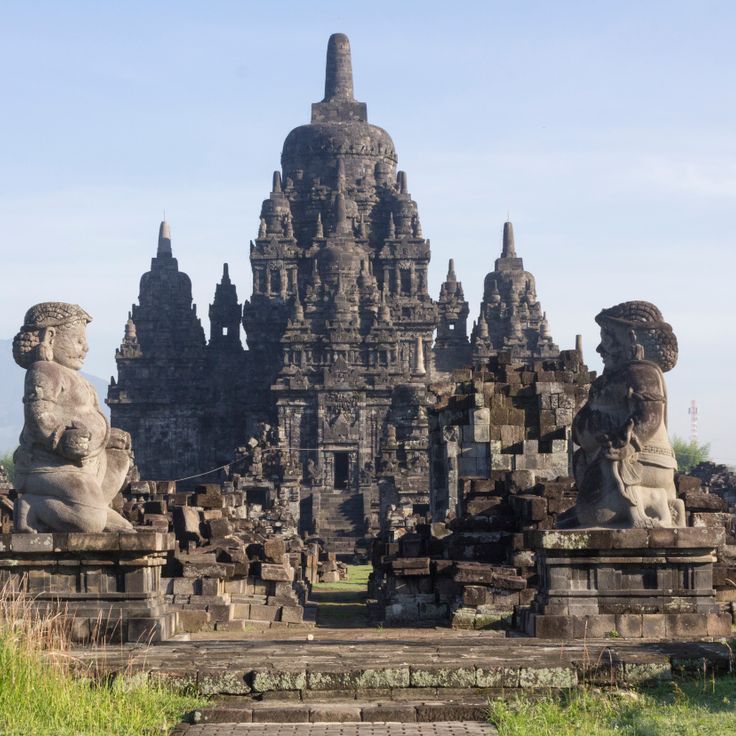
Yogyakarta, Indonesia
The Candi Sewu temple forms a 8th-century Buddhist complex consisting of a central sanctuary surrounded by 240 satellite temples arranged according to a sacred mandala geometry. This monumental architecture demonstrates the skill of the Javanese builders of the period and is one of the largest religious complexes in central Java.
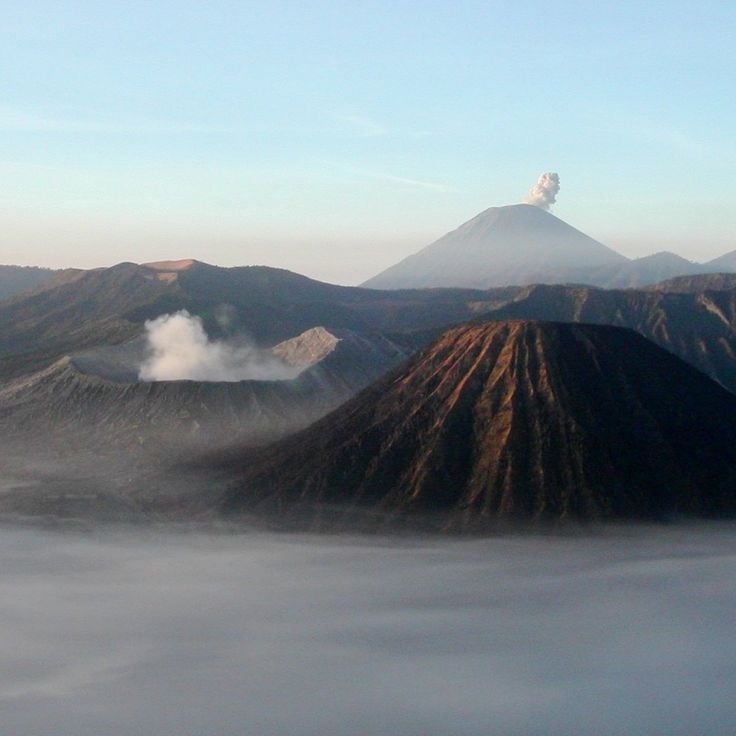
East Java, Indonesia
Mount Bromo rises to 2,329 meters in an 10-kilometer volcanic caldera. This active volcano stands in the center of a large plain of black volcanic sand, creating a moonscape typical of eastern Java.
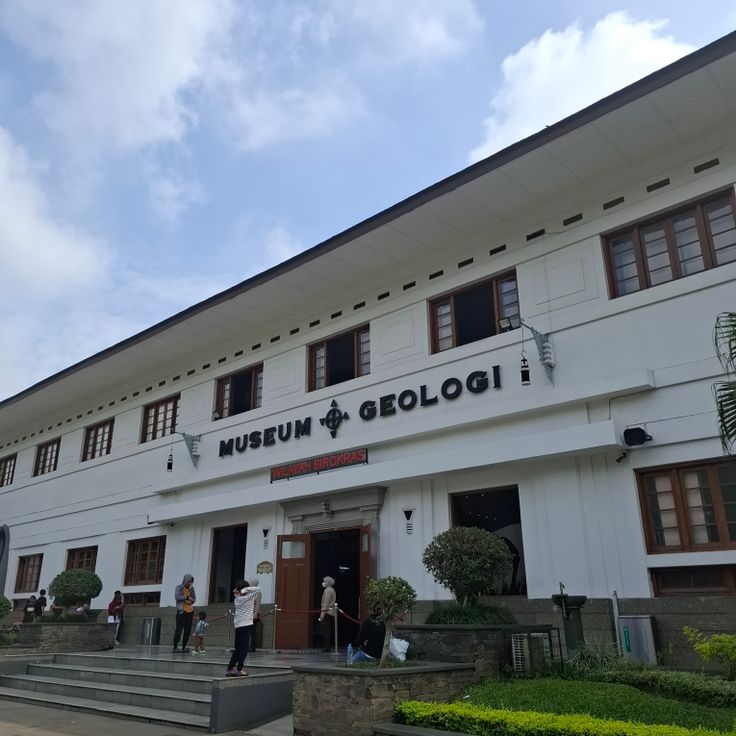
Bandung, Indonesia
This Bandung museum, established in 1928, features comprehensive collections of fossils, minerals, and rocks from the Indonesian archipelago. The Geology Museum includes a specialized section dedicated to volcanic and seismic phenomena, particularly relevant in this region located on the Pacific Ring of Fire.

Jakarta, Indonesia
These coral islands form an archipelago of 76 scattered islets in the Java Sea near Jakarta. The Seribu Islands offer preserved coral reefs, white sandy beaches, and diving sites where sea turtles and tropical fish live. The archipelago is a marine national park accessible by ferry from the Indonesian capital, providing snorkeling and scuba diving in clear waters filled with hard and soft corals.
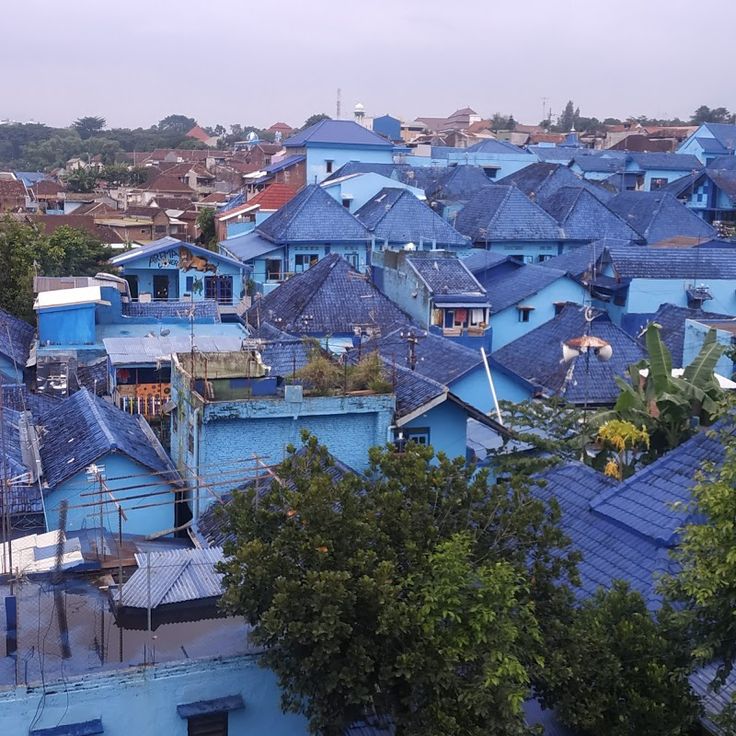
Malang, Indonesia
Kampung Biru is distinguished by its buildings entirely painted in shades of blue, from facades to fences. This themed village in Malang features contemporary murals decorating intersections and gable walls, creating a cohesive architectural setting that turns the neighborhood into an open-air art gallery.
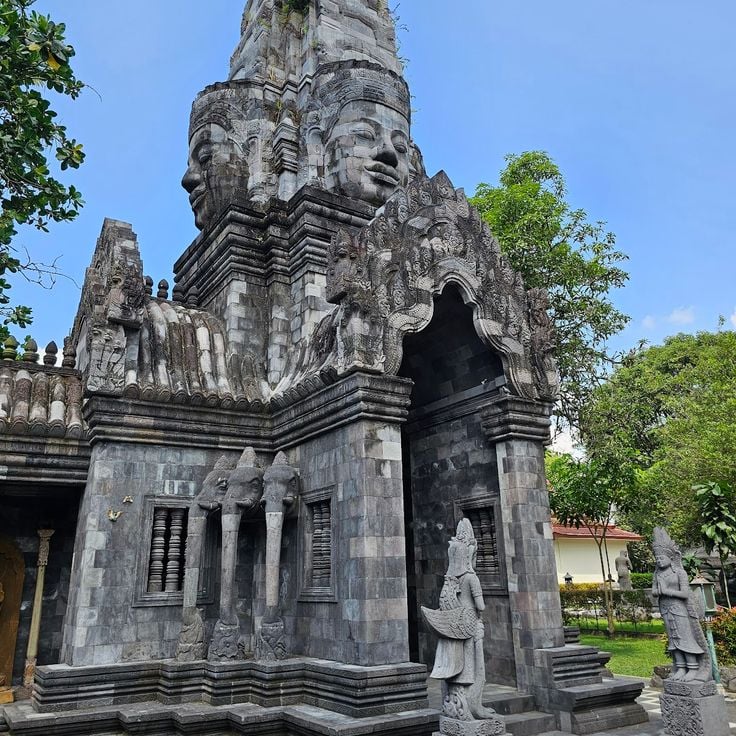
Yogyakarta, Indonesia
Candi Mendut features 9th-century Buddhist architecture with its main chamber housing three large statues of Buddha and bodhisattvas. The temple is distinguished by its finely carved reliefs decorating the exterior walls, depicting scenes from the life of Buddha and traditional floral motifs of Javanese art.
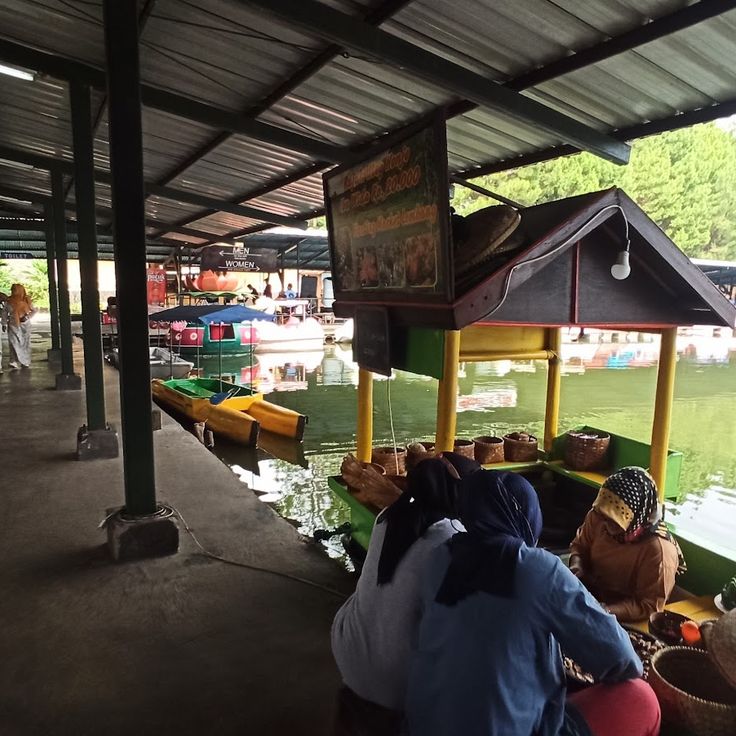
Bandung, Indonesia
The Pasar Apung Lembang recreates the ambiance of traditional Indonesian floating markets, where traders navigate in boats between stalls to display their goods. This artificial market spans a basin developed within a landscaped park planted with tropical species and themed gardens, offering visitors a shopping and cultural experience in a carefully maintained green setting.
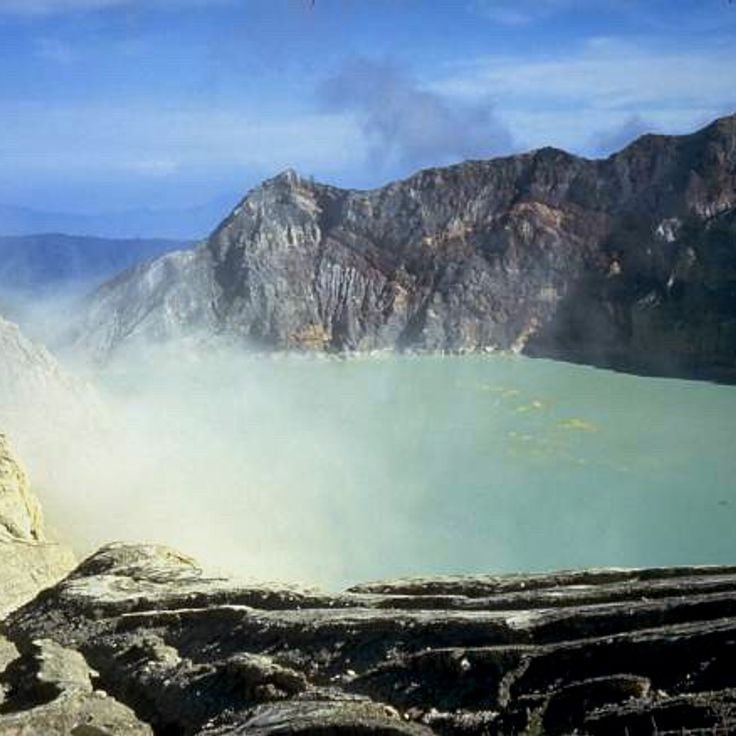
Banyuwangi, Indonesia
Kawah Ijen features an active volcanic crater housing a turquoise lake. Local miners descend into the crater daily to extract sulfur using traditional techniques, carrying their harvest in wicker baskets along steep paths.
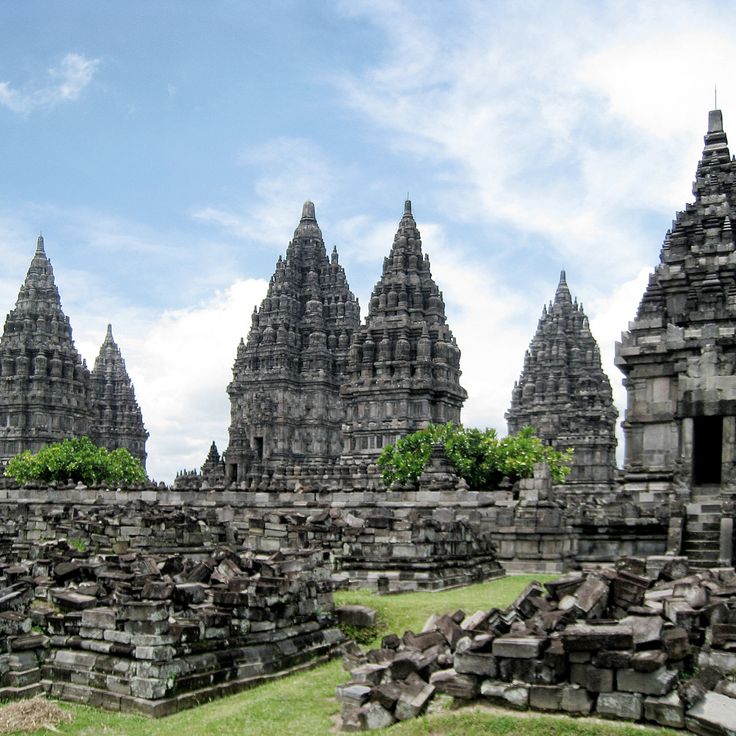
Yogyakarta, Indonesia
This 9th-century religious complex comprises 240 Hindu temples decorated with narrative reliefs carved into the stone and detailed representations of the gods. The Prambanan temple features architecture centered around three main sanctuaries dedicated to Shiva, Vishnu, and Brahma, surrounded by secondary temples arranged according to a precise geometric plan. The outer walls depict episodes of the Ramayana through finely sculpted bas-reliefs, while the interior chambers contain large statues of Hindu gods.
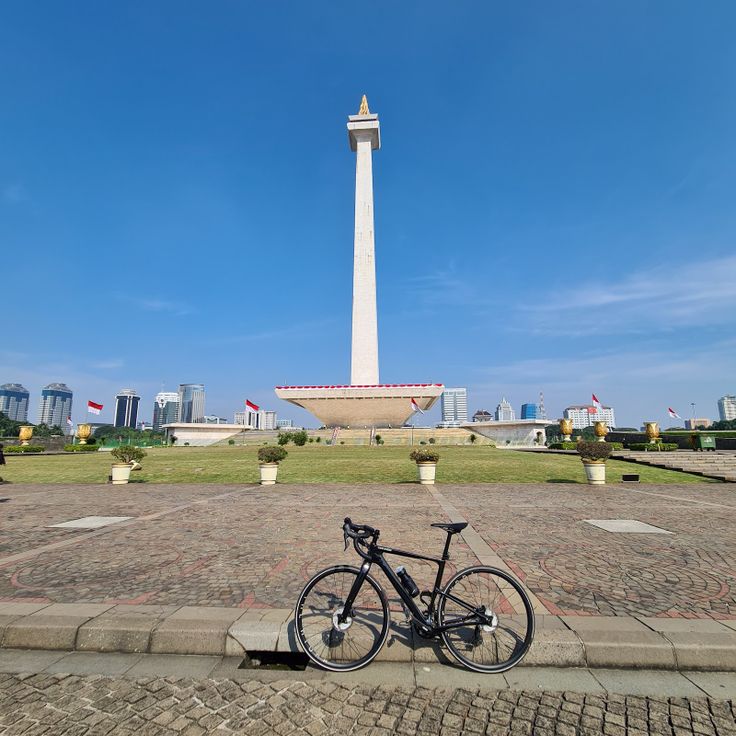
Jakarta, Indonesia
This main square in Jakarta covers one square kilometer and features the National Monument, a 137-meter-high tower built as a symbol of Indonesian independence. Merdeka Square is the administrative and symbolic heart of the capital, surrounded by the country's main government buildings.
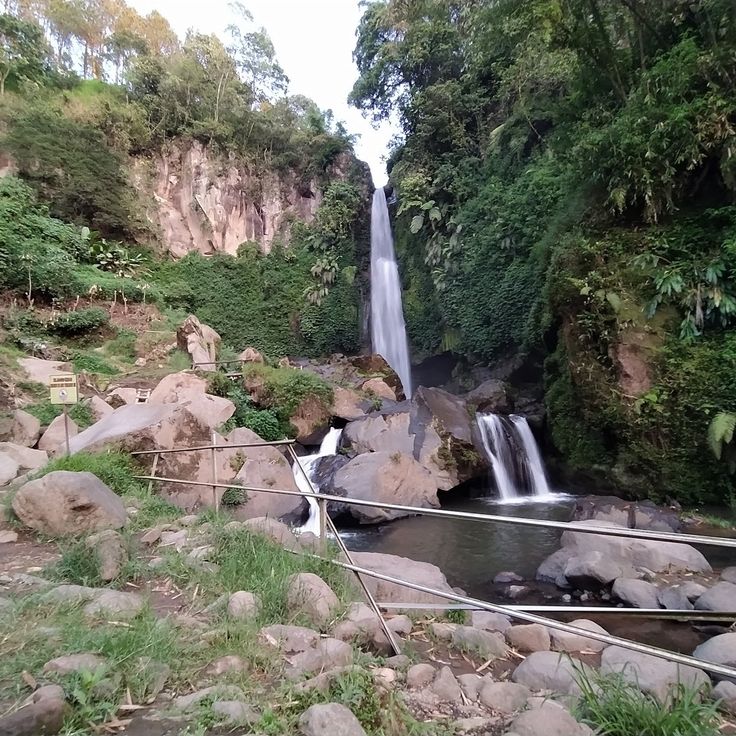
Malang, Indonesia
This Coban Talun waterfall plunges 60 meters high in the pine forests of Malang. Developed hiking trails lead to several viewpoints that reveal the waterfall from different angles, allowing visitors to fully appreciate the power of the water that flows into the natural basin.
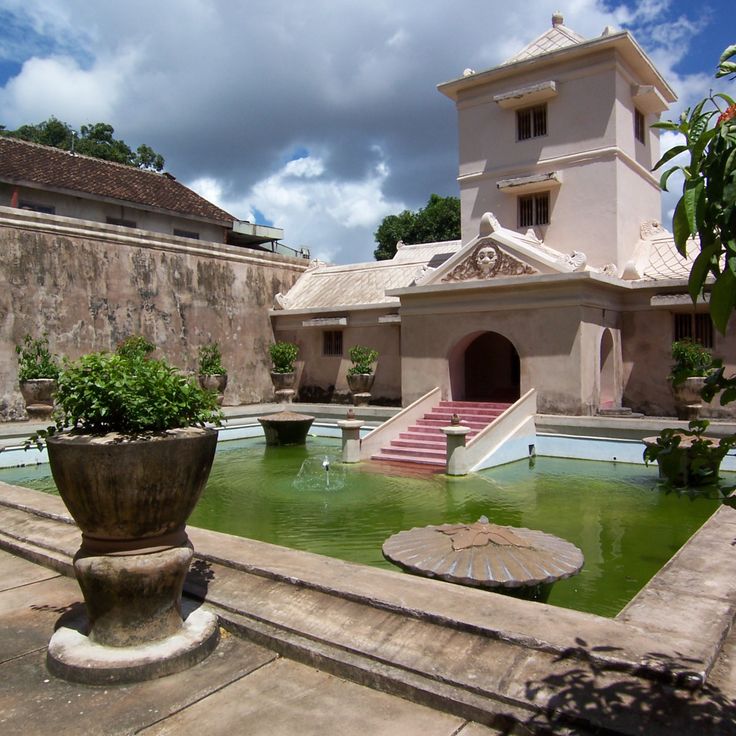
Yogyakarta, Indonesia
Taman Sari is the former royal garden of the Yogyakarta sultanate, built in the 18th century to serve as the sultan's residence. This architectural complex includes several water ponds connected by canals, ornamental pavilions, an underground tunnel network once used as secret communication routes, and a mosque where the ruler performed prayers. The remains of this water palace reflect the refined lifestyle of the Javanese court and the hydraulic engineering developed during Sultan Hamengkubuwono I's reign.
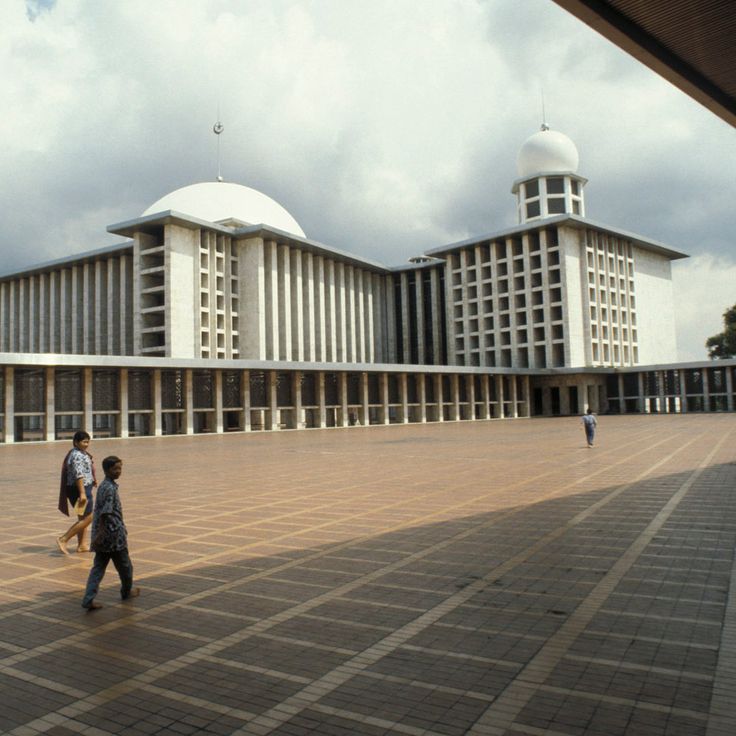
Jakarta, Indonesia
This mosque, constructed in 1978, can accommodate 200,000 worshippers. Its central dome measures 45 meters in diameter, and its minaret rises to 96 meters.
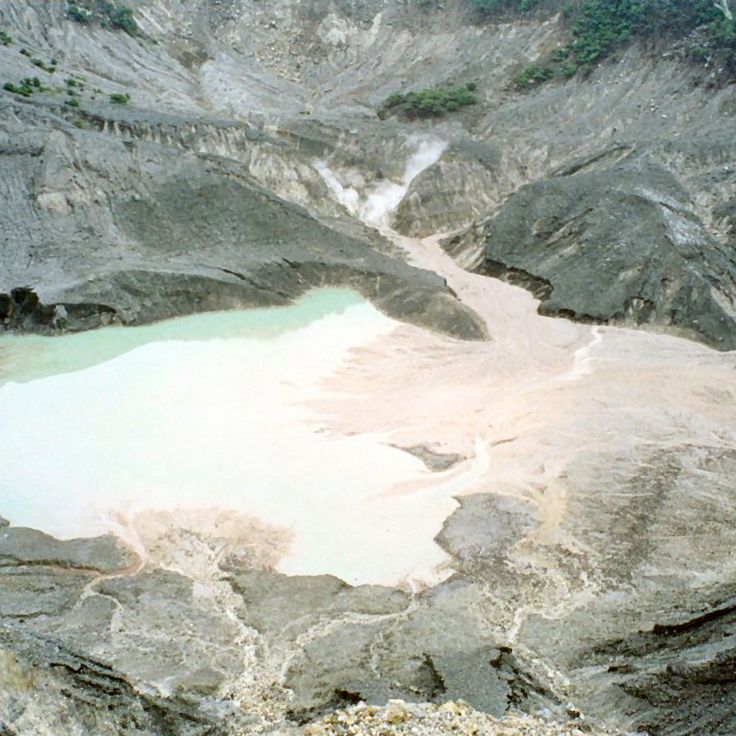
Bandung, Indonesia
This crater lake in an active volcano contains sulfur-rich rocks giving its walls and waters a characteristic blue and white color.
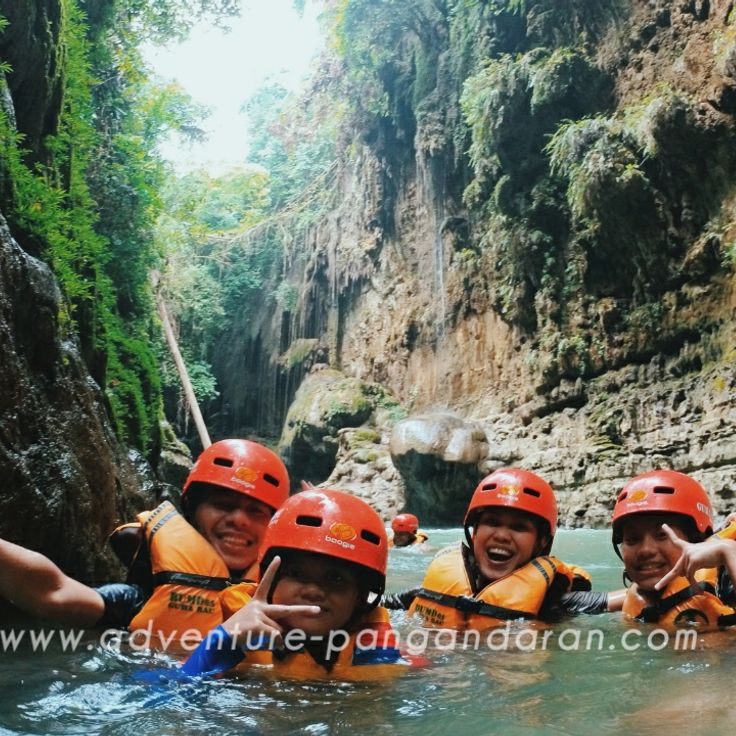
Pangandaran, Indonesia
Green Canyon features a natural gorge crossed by a river with emerald green waters. This site in Pangandaran allows visitors to swim and kayak between the limestone walls rising on either side of the river. The geological formations of the canyon offer an aquatic route where clear water contrasts with the white cliffs.

Banyuwangi, Indonesia
This Banyuwangi beach extends over several kilometers of fine white sand, lined with coconut trees that provide shade for visitors. Red Island is a renowned surf spot where waves allow for year-round surfing, attracting local and international surfers. Along the shoreline, several warungs serve dishes made from freshly caught fish, prepared according to traditional Javanese recipes.
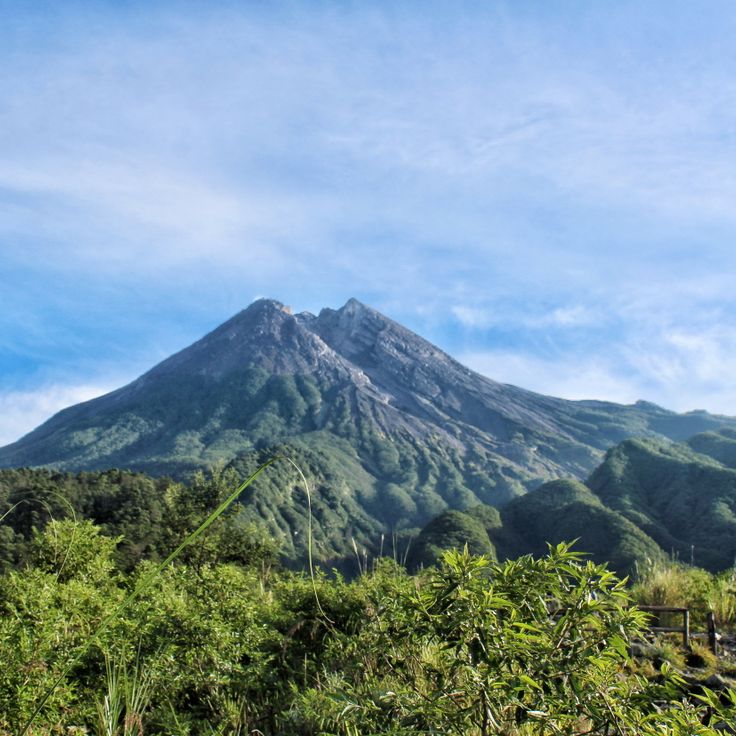
Yogyakarta, Indonesia
The tallest volcano in Java at 2,980 meters, regularly emitting fumaroles and providing views of the city of Yogyakarta.
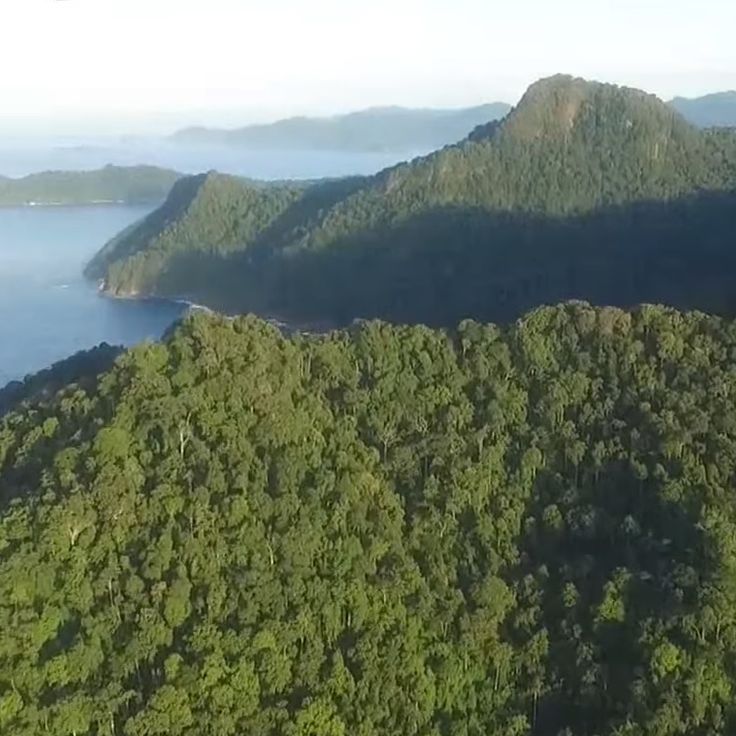
Kalibaru, Indonesia
This 58,000-hectare national park protects dense rainforest, volcanic black sand beaches, and houses a sea turtle conservation center. Meru Betiri is one of the last refuges of the Javan tiger and preserves notable biodiversity with over 180 bird species. Visitors can observe the nocturnal egg-laying of green and hawksbill turtles between October and February on the wild beaches of Sukamade.
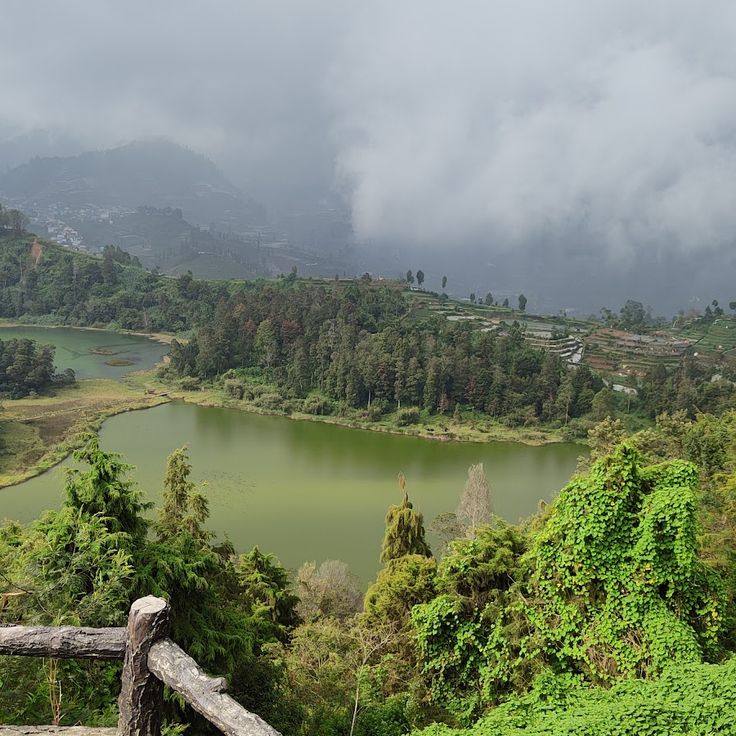
Wonosobo, Indonesia
The Dieng Plateau extends at an altitude of 2000 meters in this volcanic region of Java. The site features terraced rice paddies carved into mountain slopes, Hindu temples dating from the 8th century among the oldest on the island, and natural hot springs fed by geothermal activity beneath the surface. This high-altitude area offers a cool climate contrasting with the tropical plains of Java.
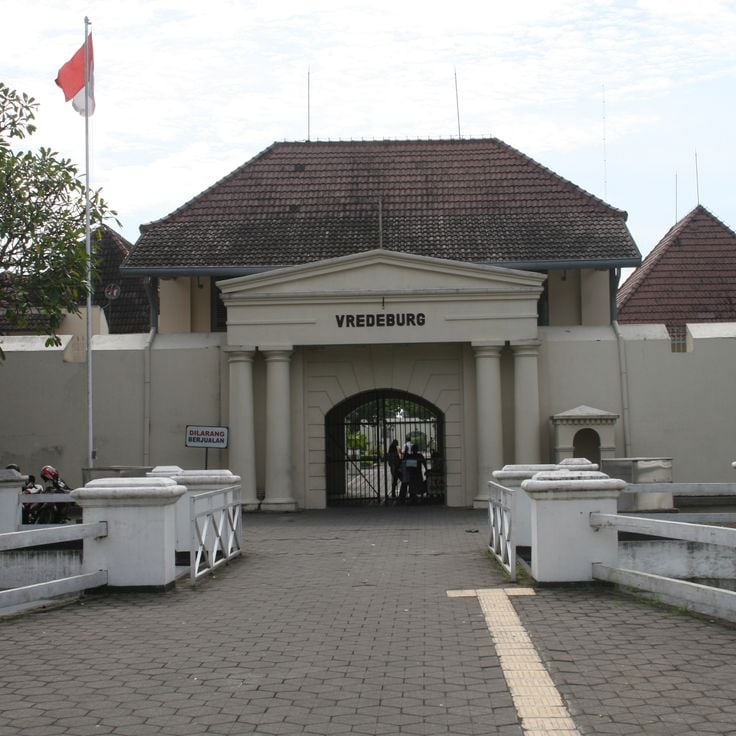
Yogyakarta, Indonesia
This 18th-century military fort illustrates Dutch colonial architecture with its thick walls and angular bastions. Fort Vredeburg now houses a museum dedicated to Indonesian history, displaying archival documents, military artifacts, and objects representing the colonial period up to the country's independence.
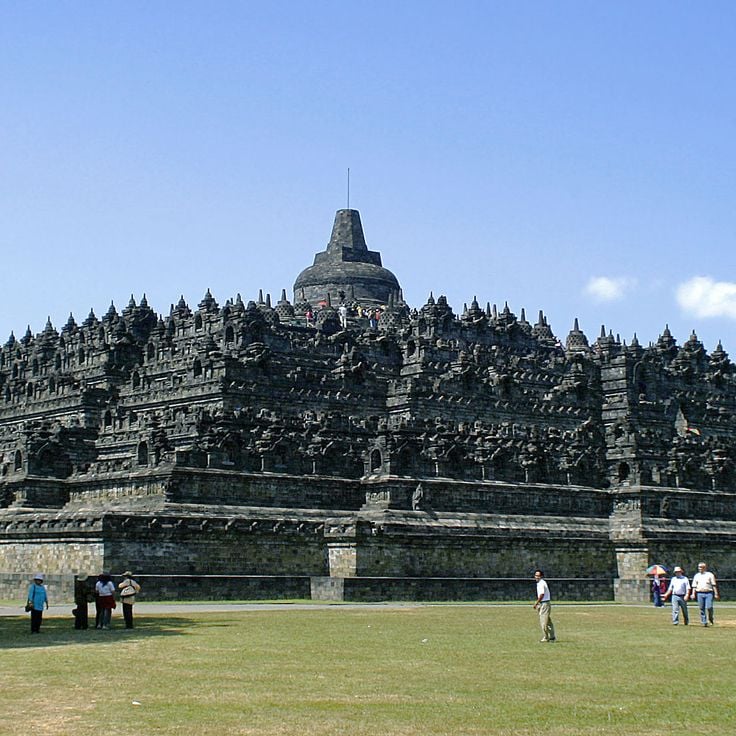
Yogyakarta, Indonesia
This 8th-century Buddhist temple consists of nine stacked platforms made of volcanic stone, crowned by 72 stupas each housing a Buddha statue. The Borobudur temple forms an architectural mandala measuring 123 meters on each side, decorated with 2,672 carved panels depicting the life of the Buddha and the teachings of Dharma.

East Java, Indonesia
Mount Semeru is an active volcano located within Bromo-Tengger-Semeru National Park, standing at 3,676 meters above sea level and emitting smoke every twenty minutes.
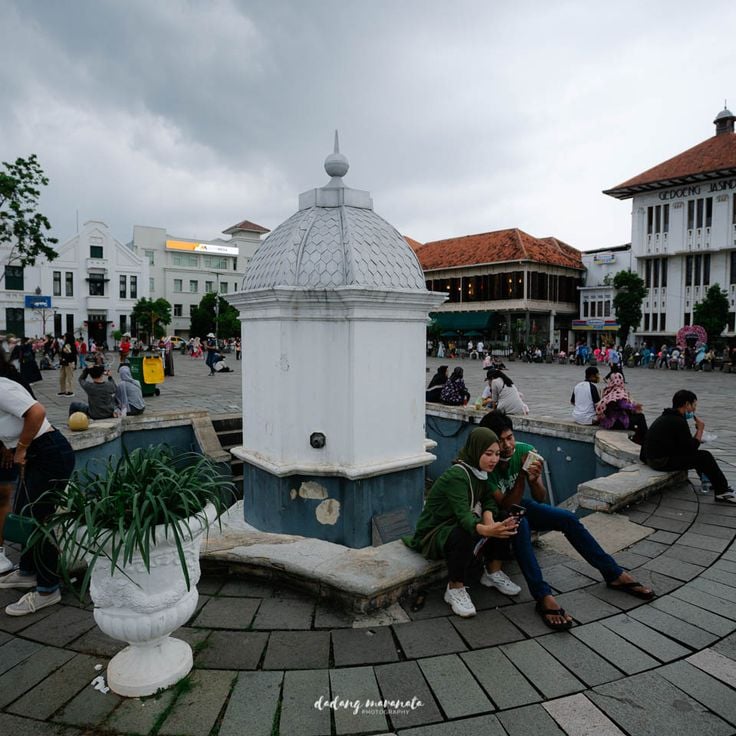
Jakarta, Indonesia
This old part of Jakarta retains Dutch colonial architecture with 17th-century buildings, its history museum, and Fatahillah Square, which forms the center of the Kota Tua historic district.
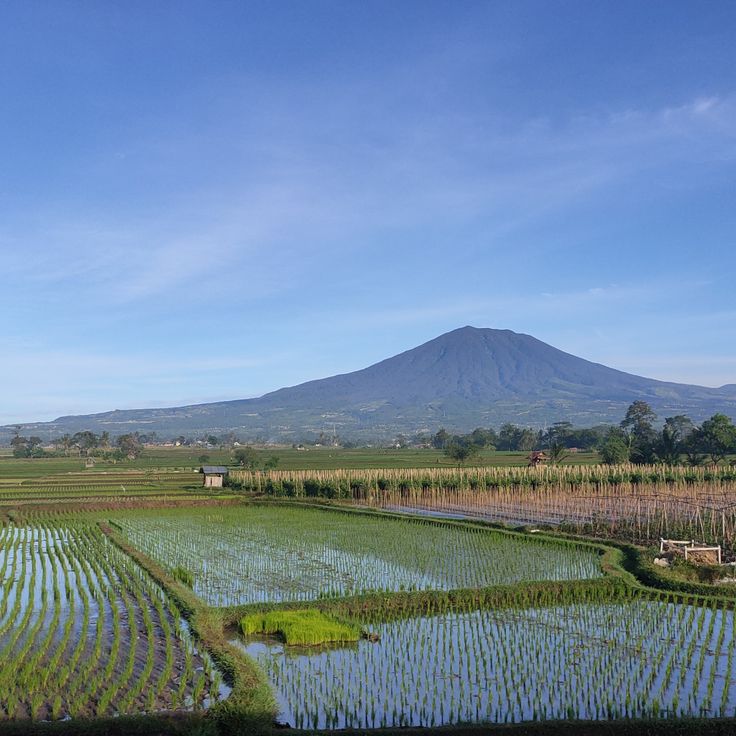
West Java, Indonesia
Mount Gede stands at 2,958 meters above sea level in Gede Pangrango National Park. This volcano offers hiking trails leading to its blue lake and natural hot springs.
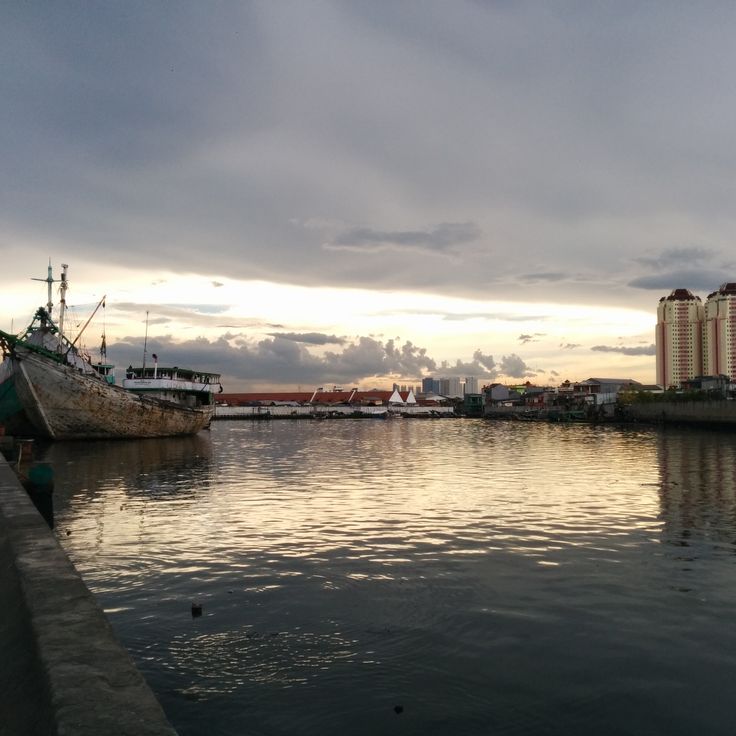
Jakarta, Indonesia
This commercial port in Jakarta dates back to the 15th century and still today hosts Pinisi schooners, traditional Indonesian wooden ships used for transporting goods between the islands of the archipelago.
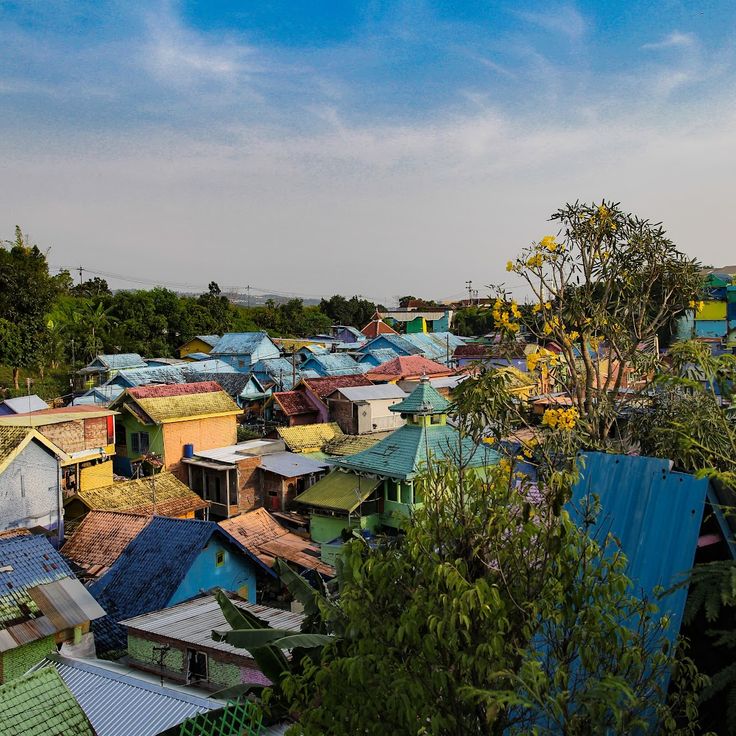
Malang, Indonesia
This neighborhood in Malang transforms the facades of its residential houses into urban art, with colorful patterns painted on white walls. Kampung Warna-Warni offers an artistic trail where each house displays geometric designs, animal representations, and abstract compositions created by residents and local artists.

West Java, Indonesia
This 120,000-hectare national park protects primary rainforests, wild beaches, and coral reefs on the Ujung Kulon peninsula. The reserve serves as the last refuge for Javan rhinoceroses, a critically endangered species with only around fifty individuals remaining in the world.
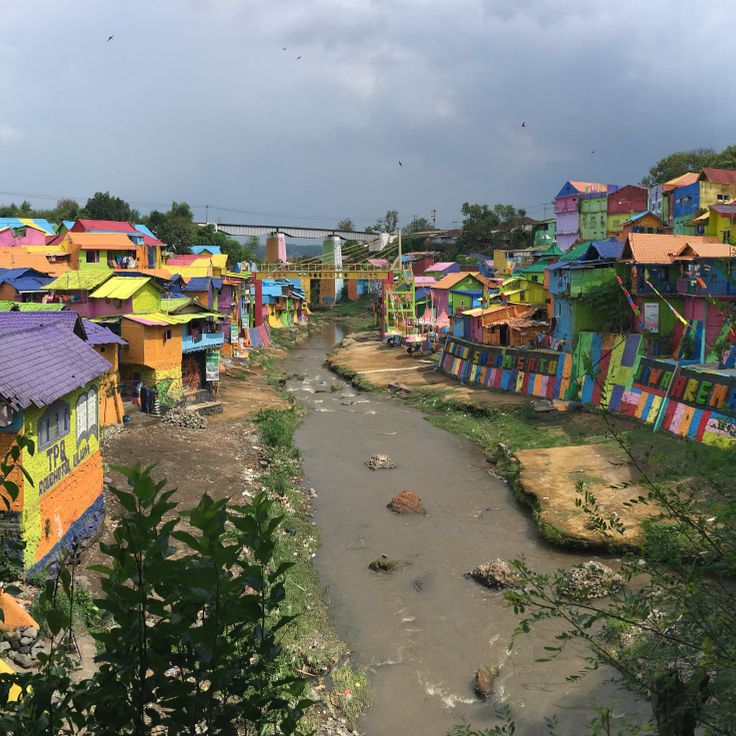
Malang, Indonesia
This residential neighborhood in Malang transforms its houses into an open-air art gallery through three-dimensional murals covering the facades, creating optical illusions and notable depth effects for visitors.
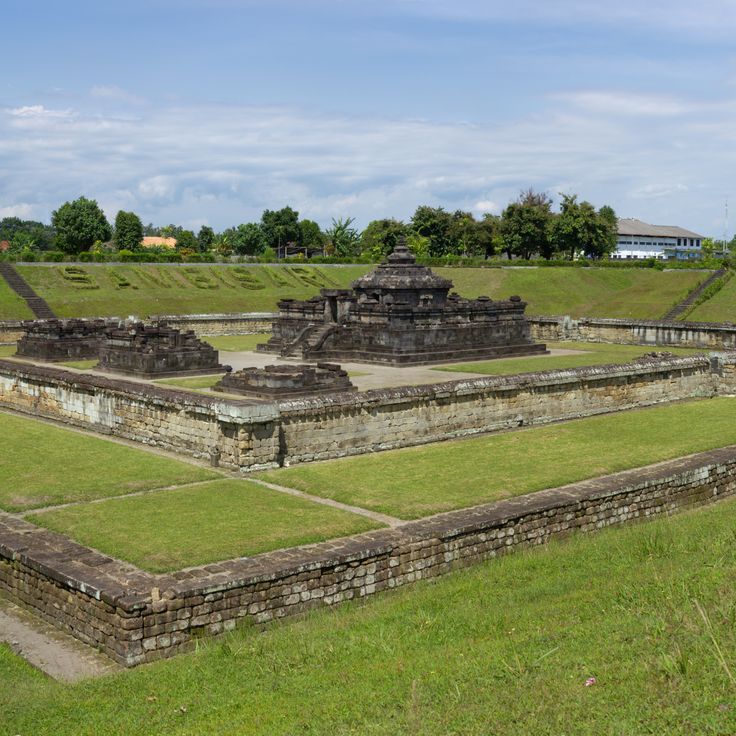
Yogyakarta, Indonesia
This 9th-century Hindu temple was buried under volcanic ash for several centuries before being rediscovered. The Sambisari temple now reveals finely carved sculptures and detailed reliefs that reflect the craftsmanship of the period. Archaeological excavations have uncovered this remarkably preserved religious structure, protected by a layer of volcanic sediments.
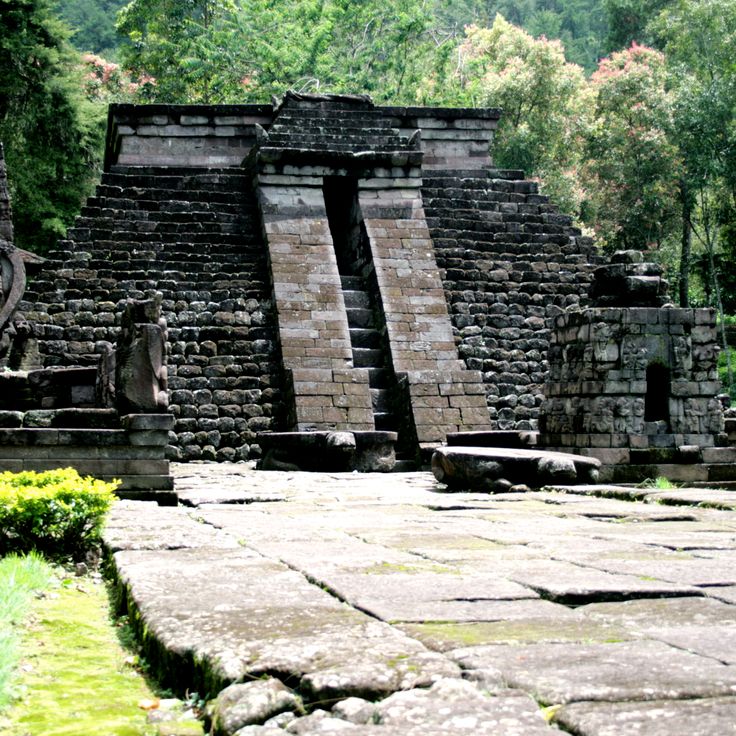
Central Java, Indonesia
This 15th-century Hindu temple stands at 910 meters above sea level on the slopes of Mount Lawu. The Sukuh temple features an original pyramidal architecture reminiscent of Mesoamerican structures, representing a rare example of late Javanese religious art.
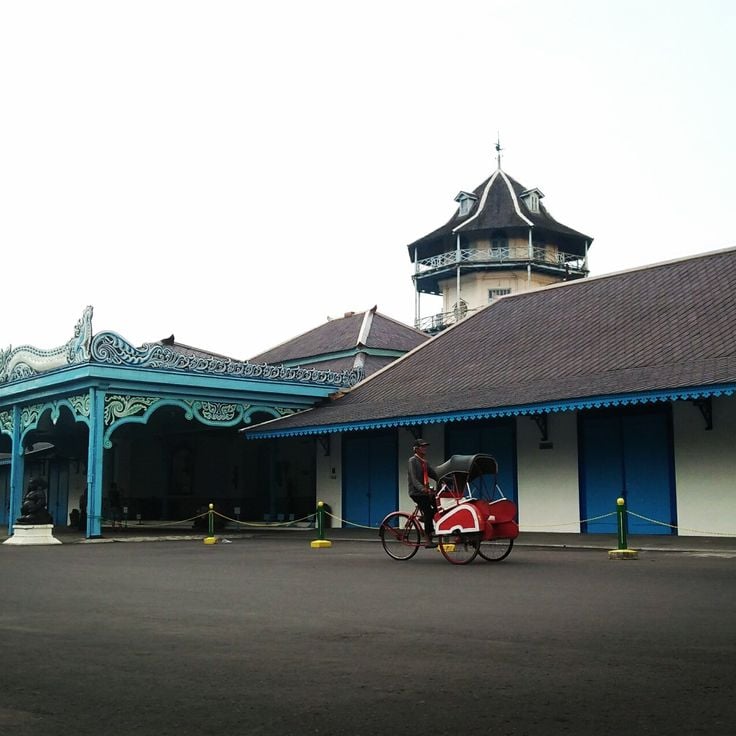
Solo, Indonesia
This royal palace built in 1745 spans several pavilions connected by gardens and courtyards. The Kraton of Solo houses a rich collection of historical objects that trace the history of the Surakarta royal dynasty and demonstrate traditional Javanese art.
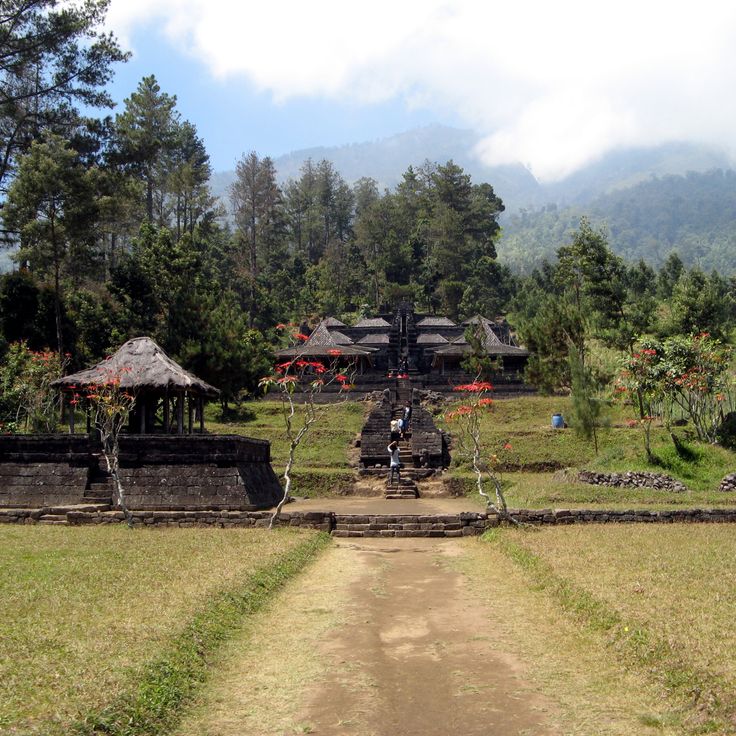
Central Java, Indonesia
This 15th-century Hindu temple stands at 1,400 meters altitude in the mountains of Central Java. The Ceto temple features terraced architecture spread over seven successive levels, adorned with sculptures carved into stone. This sacred structure demonstrates the religious art of Java from the late period of the Majapahit kingdom.

Yogyakarta, Indonesia
This Parangtritis beach extends over 4 kilometers along the southern coast of Yogyakarta, lined with volcanic black sand dunes and limestone cliffs that rise up to 25 meters. Local fishermen still use this beach for traditional fishing activities, mooring their colorful boats on the shore when returning from their trips in the Indian Ocean.
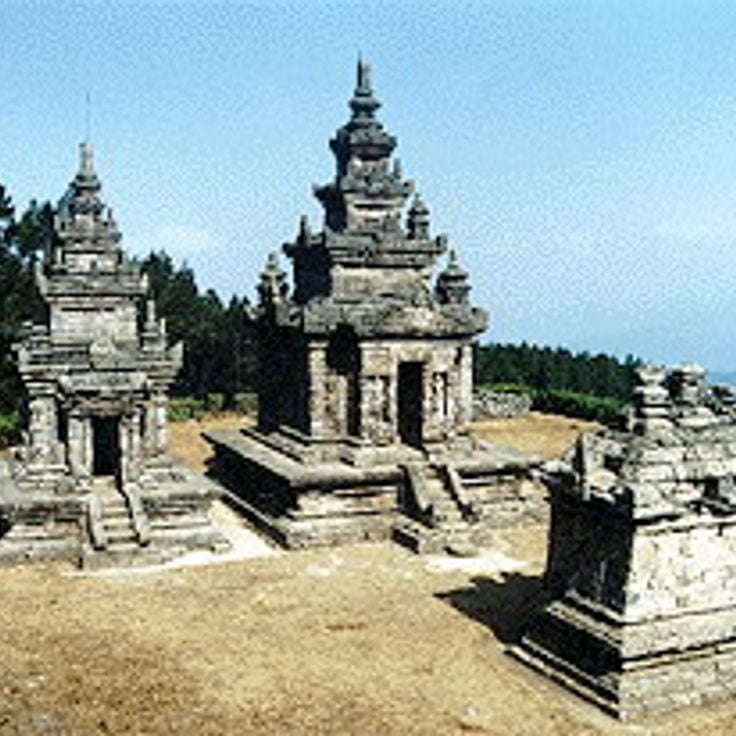
Central Java, Indonesia
The Gedong Songo temple complex consists of nine Hindu temples built in the 8th century on the slopes of Mount Ungaran at 1,200 meters above sea level. This religious site reflects the ancient Javanese Hindu civilization and provides insights into the sacred architecture of the period, set within a mountain landscape preserved in Central Java.
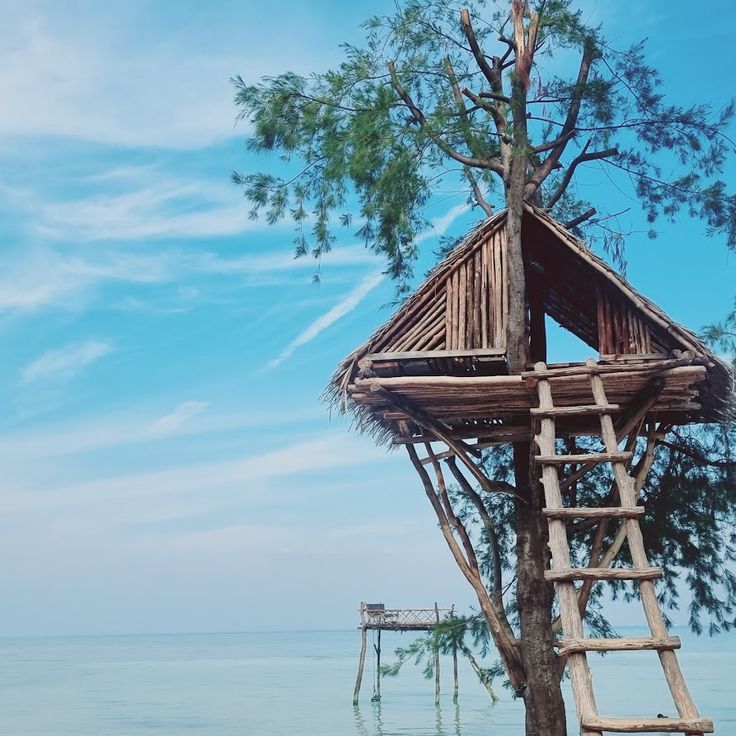
Karimunjawa, Indonesia
Bobby Beach stretches over 800 meters of fine white sand lined with coconut trees. This Karimunjawa beach hosts traditional bamboo fishing shelters and is only accessible by boat from the mainland.
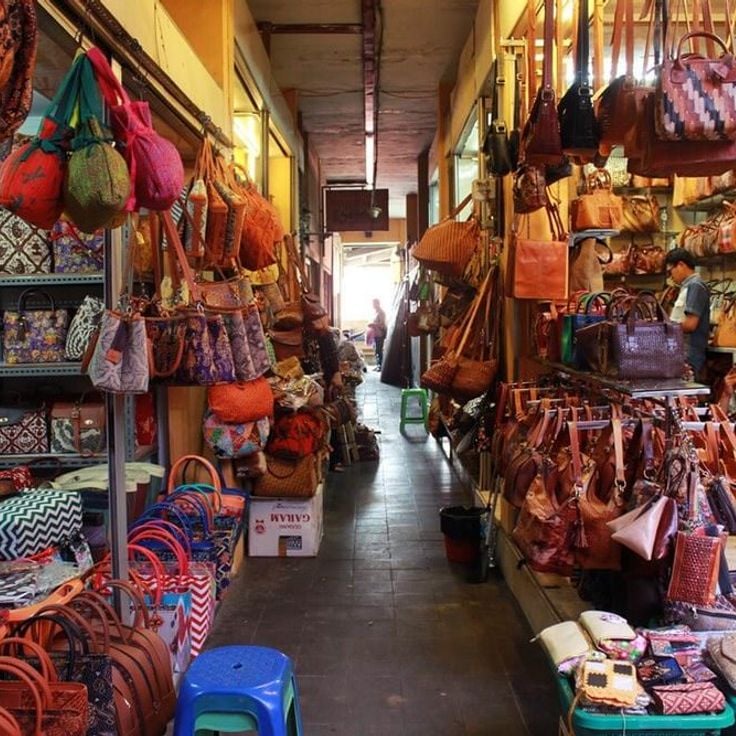
Yogyakarta, Indonesia
This historic market in Yogyakarta, built in 1925, spans three levels where visitors find authentic batik fabrics, local spices, and traditional Javanese crafts. Beringharjo market remains a major shopping hub in the city, continuing centuries-old trading traditions in its organized alleys by specialties.